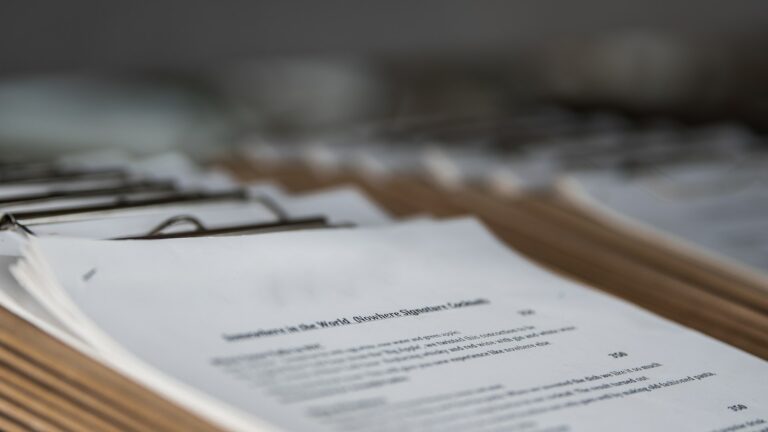What is Proof of Reserve Audit Method – Explained
Written by: Shilika Jain, who worked with industry greats in Business Development at CoinMarketCap and Binance, and worked with over 50+ projects including Dapps, DeFi protocols, NFT projects, L1’s and exchanges.
FTX crash is one of the black swan events in the crypto industry. It was not just customers who faced increased losses, but the industry’s reputation was also at stake, otherwise famously known for frauds and scams. However, the spiraling of the FTX led to the need for increased transparency in the crypto industry. One of the proposed solutions by centralized exchanges was to bring Proof of Reserves into practice to instill confidence and save them from damage control. Therefore, this piece will discuss the importance and limitations of Proof of Reserves. It will also take you through the possible scenarios for preventing the FTX fiasco.
Coinmetrics Co-Founder Nic Carter expressed his thoughts through a published blog post – “The State of Proof of Reserves as of year-end 2022.” He complied with all the data about the PoR in 2022 and any questions lingering around these attestations. He also explained how prominent exchanges like BitMEX and Kraken lead in this direction through his findings.
What is Proof of Reserves
Proof of Reserves is a public attestation that an exchange or crypto custodian publishes the real backing of assets shown on their exchange. An independent third-party auditor conducts the proof of reserve audit by employing the Merkle tree. Several stakeholders affirm that the Merkle tree is a cryptographic data structure known for self-verification and PoR audits. So, instead of relying on the exchange or the auditor’s report, the users can independently verify.
Centralized exchanges are known for fraudulent activities per the industry’s history, and users are advised to make informed decisions about where they store their crypto assets. The FTX collapse is a classic example of an exchange mismanaging user funds blatantly and carrying out fraudulent activities. It is hard to comment if Proof of Reserves could avoid the collapse of crypto exchanges altogether. Nevertheless, it would bring increased transparency on how the exchange performs its operations and manage user funds. It would give the exchange a sense of accountability to carry out their business with integrity.
Limitations of Proof of Reserves
There are also limitations in the PoR(Proof-of-Reserves) model; here, we will take you through them in detail.
Dependence on Human Factors
The Proof of Reserves Audit is generally conducted by a third-party auditor and is considered valid. The independent auditor will compare the exchange’s finances with on-chain assets to see if the exchange has the real asset backing that it claims. It means that the auditor entirely relies on the data provided by the exchange while conducting the audit. There are possibilities of the exchange supplying false information deliberately or through negligence, resulting in the audit’s inaccuracy.
Lack of Real-time data
Proof of reserves is conducted by taking a snapshot of users’ account balances at a specified time. It is to prove that it has enough balance to cover its liabilities. Therefore, the exchange can always borrow assets to manipulate the audit through unethical practices as it doesn’t track real-time data.
Users have no control over their Assets.
Self-custody is the ultimate form of security. While Proof of Reserves can provide information about the exchange’s finances, and current assets, the exchange can always move user assets as and when necessary without the knowledge of its customers.
Inadequate Information
Although Proof of Reserves is a great way to understand the exchange’s financial position, the information is inadequate to confirm the exchange’s solvency. There is always a possibility that the exchange has additional liabilities and financial obligations elsewhere that can result in insolvency.
Conclusion
Proof of Reserves sets a high transparency standard for exchanges despite its limitations. If regularly conducted, it can mitigate the possibilities of fund mismanagement and fraud.
Featured image via Unsplash.
Source: Read Full Article

